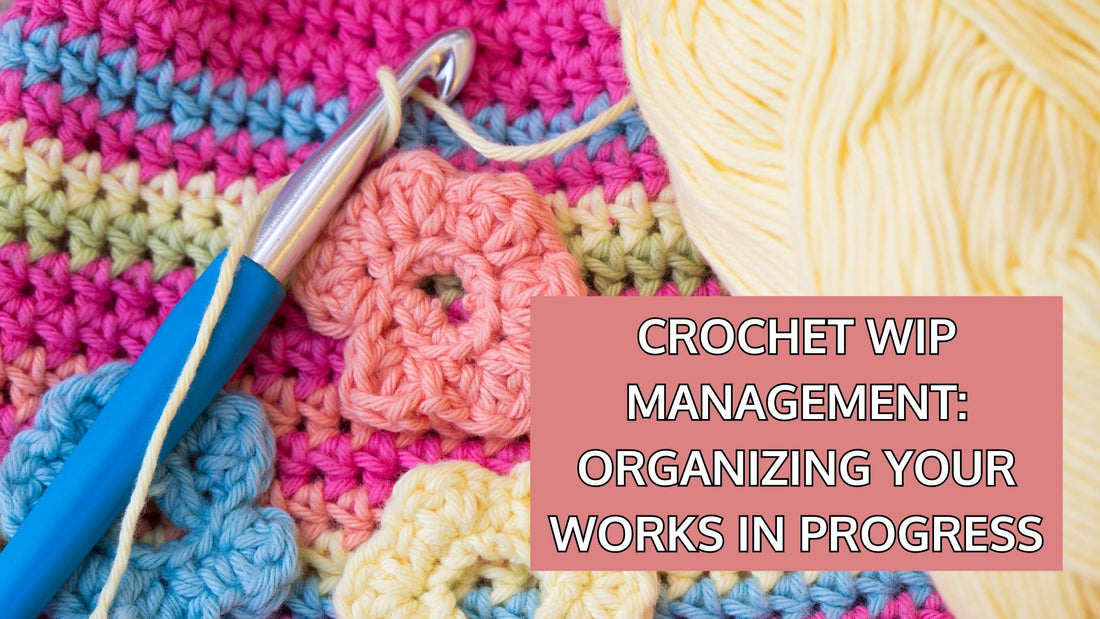
Crochet WIP Management: Organizing Your Works in Progress
Share
If you’ve been crocheting for a while, you probably have more than one project on your hook. A shawl started last summer, a half-finished pair of socks, maybe a blanket that’s been living in a tote bag for months. These works in progress — or WIPs — are a normal part of the crochet journey. The challenge is keeping them organized so they don’t turn into clutter or stress. Let’s talk about how to bring order to your crochet WIPs so they spark joy instead of guilt.
Step 1: Take Inventory
The first step in crochet WIP management is knowing what you actually have. Gather all your projects in one place and make a quick list. Note the project name, pattern, yarn, and where you left off. Sometimes just seeing everything together is motivating — and it might even remind you of a project you’re excited to finish.
Step 2: Set Priorities
Not all WIPs are equal. Decide which projects are most important right now. Maybe you have a gift with a deadline, or maybe you’re itching to finish a lace shawl before cooler weather. Ranking your crochet WIPs by urgency or excitement helps you choose what to work on first.
Step 3: Keep Projects Contained
Nothing slows you down like missing supplies. Store each crochet WIP in its own bag or box with the yarn, hook, pattern, and any extras. Label the bag with the project name and hook size — your future self will thank you.
Step 4: Schedule WIP Time
Starting something new is always tempting, but carve out some time each week just for existing projects. Even 20 minutes on a long-term crochet WIP can make progress feel real. Little by little, those stitches add up.
Step 5: Release What No Longer Serves You
Here’s some freedom: not every WIP has to be finished. If you’ve fallen out of love with a project, it’s okay to frog it and reuse the yarn. Think of it as clearing space for creativity that excites you now.
Having multiple crochet WIPs isn’t a problem — it’s part of being a maker. The key is keeping them organized so they stay inspiring instead of overwhelming. With a little structure, you can enjoy your projects, finish more of them, and make room for new creative adventures.
